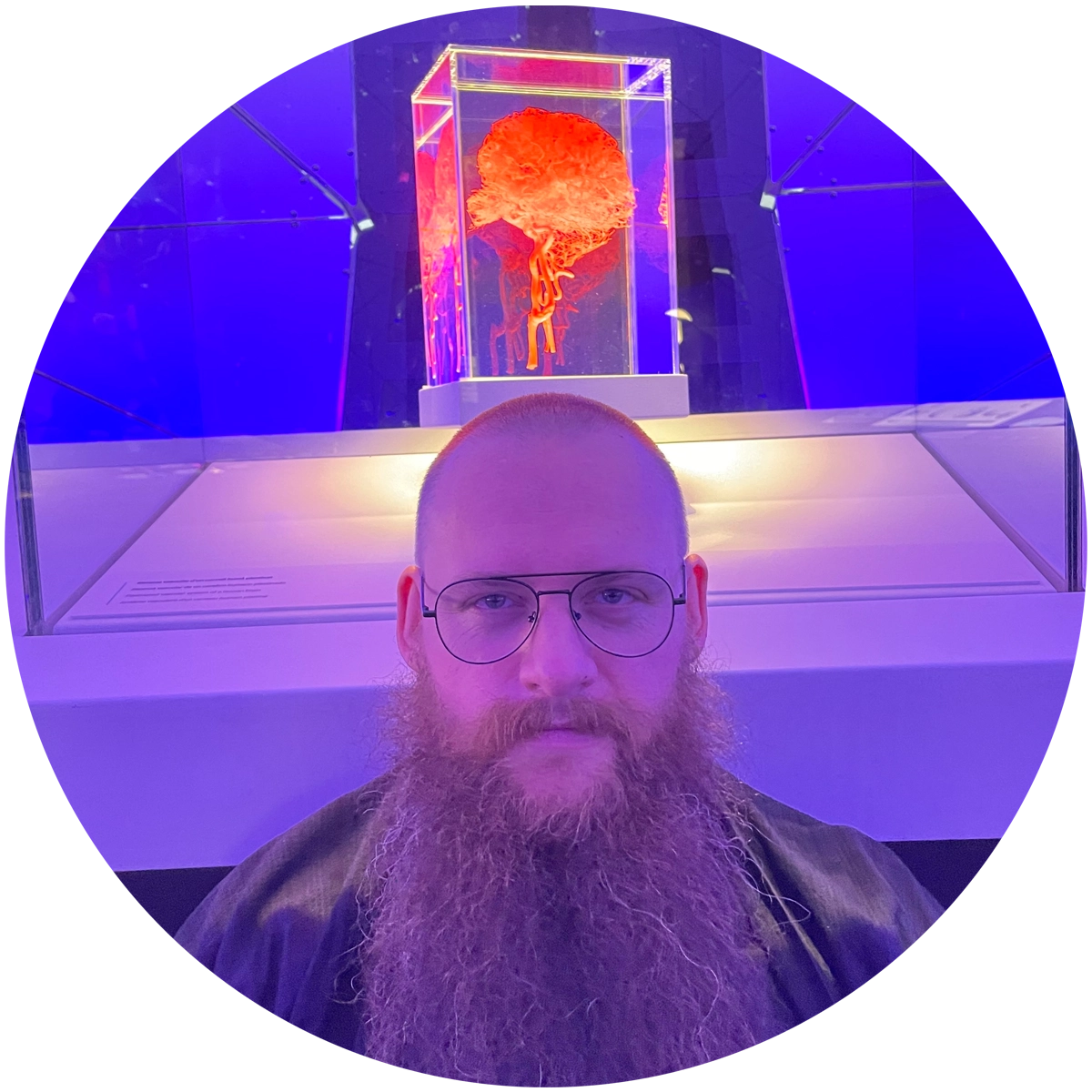Computational Neuroscience

About
This dedicated team focuses on neuroimaging and neurodegeneration, particularly examining the impact of lesions on sleep, functional MRI, and diffusion MRI. Recent work has highlighted that the most advanced techniques currently available provide rather indirect measurements of brain activity and structure in the presence of lesions. This finding opens exciting opportunities for a deeper understanding of these conditions and their clinical implications.
Our lab is at the forefront of technological advancement, passionately pushing the boundaries of computational methods. We are actively exploring quantum optimization techniques with significant potential for medical applications.
Computational Neuroscience team is focused on image analysis of magnetic resonance imaging (MRI) and histology, though some projects also involve wearables. Brain connectivity (both structural and functional) is utilized to study disability and daily activities in vulnerable communities, such as the elderly, while also considering clinical neuroscience aspects. Additionally, histological data is analyzed to simplify the work of pathologists and oncologists to uncover new insights, such as interactions between immunological checkpoints and the micro-tumoral environment. The work is centered on three key objectives:
Data analysis and interpretation: The development of algorithms to analyze brain images and identify patterns, abnormalities, or biomarkers. This includes the creation of computational tools to predict recovery after brain tumor resection and the visualization of these predictions using AR/VR tools to aid brain surgeons.
Image segmentation and classification: Automation of the segmentation of relevant features in histological images to assist in diagnosis and research. For example, automating brain tumor grading to reduce the workload of pathologists and standardizing histological staining across labs for better classification.
Predictive modeling: The design of computational tools to quantify disease progression, treatment response, and cognitive function based on patterns observed in brain scans. This includes the development of machine learning tools to predict the spread of misfolded proteins, neurodegeneration, and treatment response, aiding neurologists in tailoring personalized therapies for chronic diseases like dementia and Parkinson’s disease.








